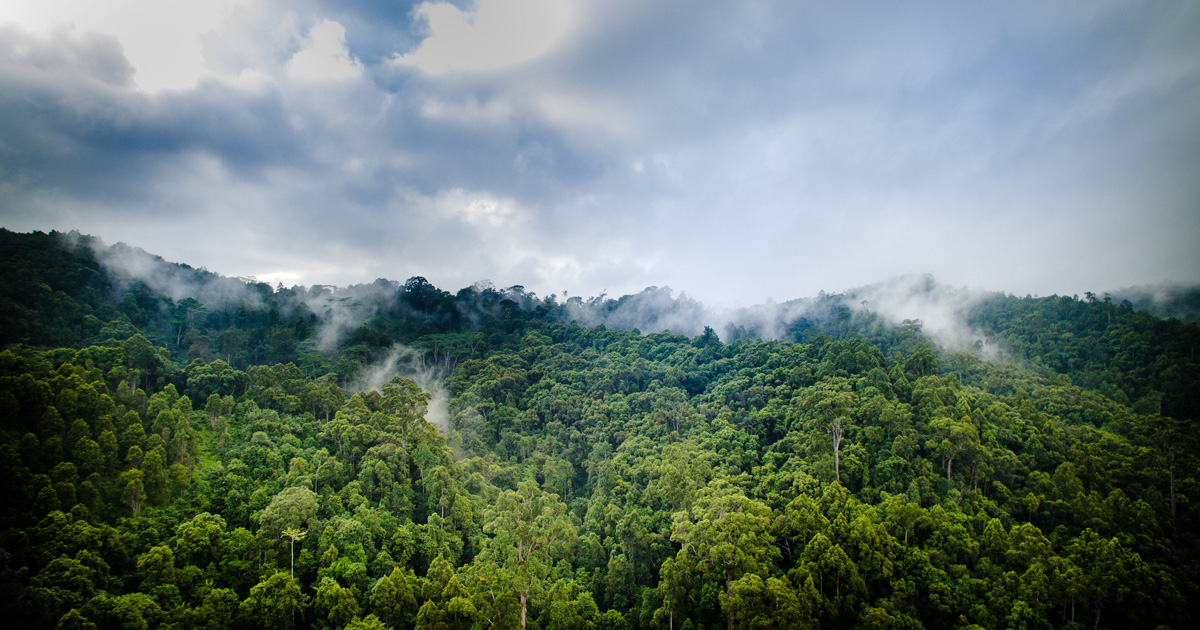The'parklands' that form the most widespread farming systems in the Sahelian zone of West Africa are farming systems in which annual crops are grown under scattered trees preserved from the natural vegetation by farmers following clearing the woodlands to make crop fields. Being mixed agricultural systems, the interactions between trees and crops have always been a key element determining the management options applied by farmers. This has also attracted the attention of scientists, with the first studies of this nature dating back to the 1960's. A combination of field trials, observational studies and modeling has been deployed to understand soil-tree-crop interactions, including sharing of growth resources by the system components. Based on this understanding, management options have been discussed with farmers. The most common experimental designs used are transects from the base of tree trunk toward the open field, concentric zones around trees or sectors under trees where various experimental treatments are applied, depending on the objectives of the studies. Key findings disentangled the contributions of each component of the system to the island of high fertility around trees using isotopic techniques, tree effects on adjacent C4 cultivated plants and alternative C3 crops that tolerate tree shade. Tree management practices such as pruning have been tested to modify the crown architecture and the patterns of root distribution in order to improve light availability and resource use efficiency. Increases in land use intensity require more active management by farmers of tree regeneration. Despite scientific advances, there are still some methodological challenges in determining the "park effect", the tradeoffs and synergies between and among goods and services, and how to boost the provisioning, supporting and regulating functions of such agroforestry systems. Providing such ecosystem service functions is critical in the quest for ensuring food security while achieving adaptation and mitigation goals in vulnerable environments like the drylands.
DOI:
https://doi.org/10.1016/j.agee.2015.02.018
Altmetric score:
Dimensions Citation Count:

Publication year
2015
Authors
Bayala, J.; Sanou, J.; Teklehaimanot, Z.; Ouedraogo, S.; Kalinganire, A.; Coe, R.; Noordwijk, M.
Language
English
Keywords
agroforestry, agroforestry systems, fuelwoods, degradation, temperature, ecosystem services, sustainability
Geographic
Burkina Faso, Mali, Cameroon





















